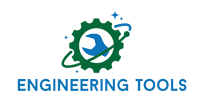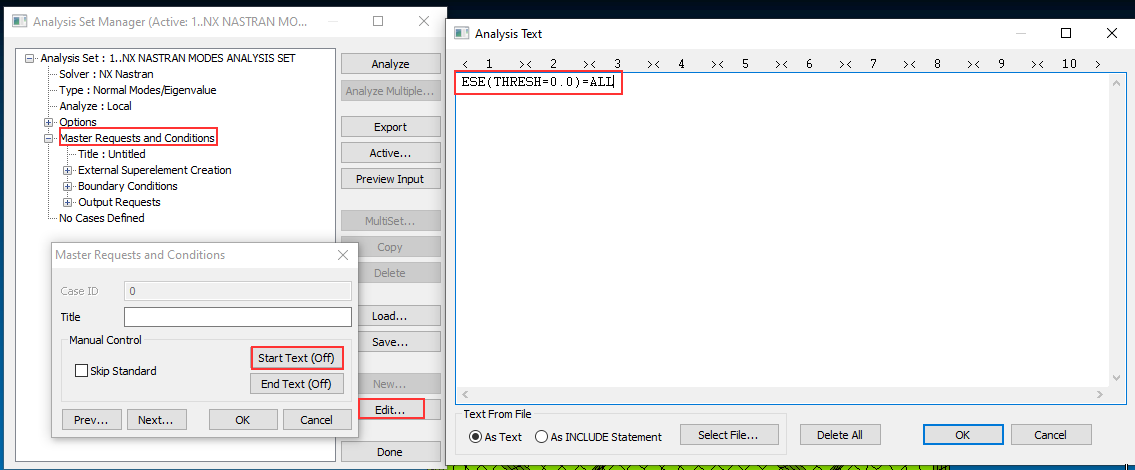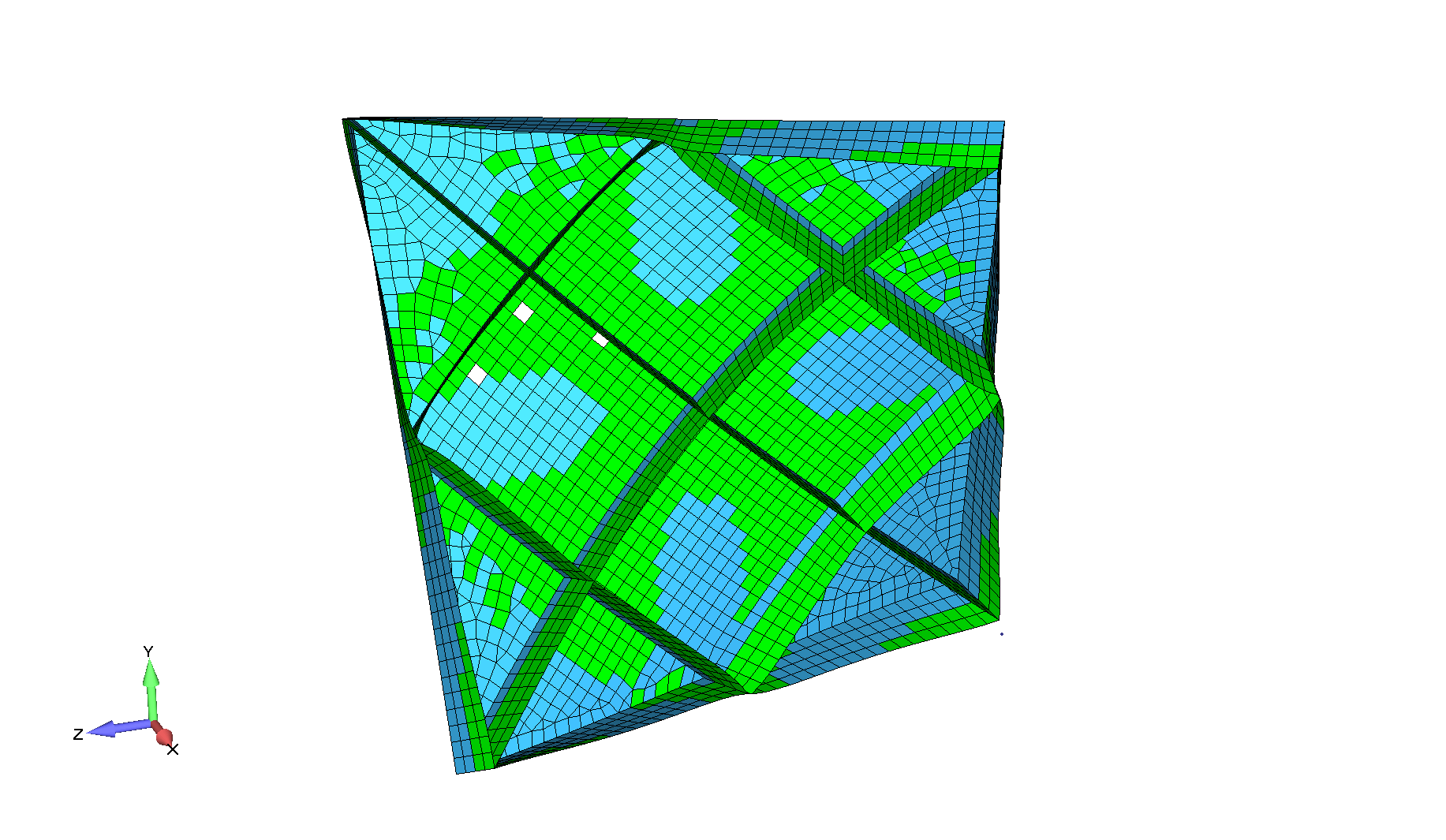|
This script was user contributed, and then further modified by Ian Rivard
Description: This script calculates and organizes elements based on their strain energy participation. The user is prompted to select a set of elements and specify a strain energy percentage. The script then divides the elements into two groups:
These groups are saved and displayed within the FEMAP model. This is in family with functionality in Mode ID, if you like this tool, you might also like it. Also, I use color by group often after using this tool. Use Instructions: Run the tool, and follow the prompts.
Requirements: 1. This script should only be performed on strain energy output for normal modes analysis.
Notes & Example: This API performs the following tasks:
To change the structural mode, the group with high strain energy will have the largest impact on the frequency. Consider the following example. The tool was used on the first structural mode (mode 7) and the green elements are the high strain energy, while the blue are low.
In this upgraded version, if the user selects multiple modes, after creating groups for each mode, it will create a boolean group that contains all elements for the upper and lower groups.. IE it will create a group for high and low that are common to all modes. Focusing on the stiffness of the high group will have the most impact on all of the selected modes, while the low group will have the least impact on the modes selected. Advanced Users: To our users: We appreciate feedback on our tools and encourage you to modify them to your specific needs. If you make an improvement you feel would be valuable to others, please submit it through our contribution page.
|
||


